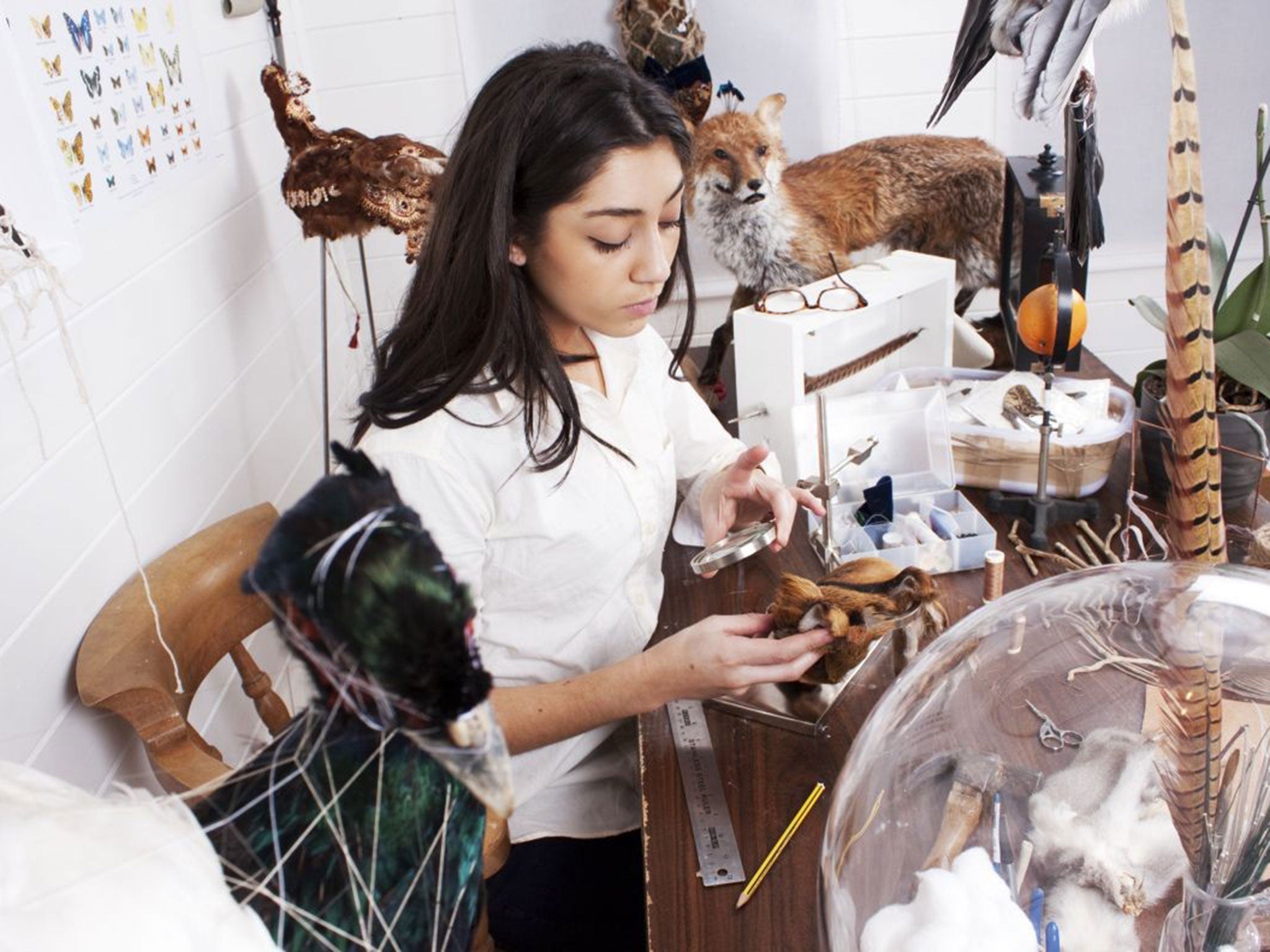The Taxidermist's Daughter by Kate Mosse, book review

It is 1912 in Fishbourne, a small Sussex village by the sea prone to flooding. Twenty-two year old Constantia or Connie Gifford lives with her father in lonely old Blackthorn House surrounded by the remnants of his once wildly successful London museum of taxidermy ‘Gifford’s World Famous House of Avian Curiosities’. Stuffed birds, once so beloved of the Victorians, are out of fashion and Connie’s father is a broken man, confused and often drunk by morning.
Connie passes her time by trying to learn his trade – painstakingly removing the innards and stuffing birds she finds dead near the house. Ten years previously, she fell down the stairs in the museum and lost her memory. Flashes return to her, brief glimpses of an older girl, spirited and loving. Then she finds a young woman drowned in the stream at the bottom of the garden and finds herself caught up in a trail of mystery, blackmail and murder – and a terrible secret kept by her father.
So begins Kate Mosse’s wonderful new novel. Gripping, moving and intricately written, The Taxidermist’s Daughter will surely delight her legions of fans. It’s perfectly paced and impossible to put down; seized by the events, I was reading until late into the night. Mosse throws one bravura scene after another: a shocking event at an asylum for the insane, discussions between men bound by an awful bond, the secrets kept by a local woman, and a plot of blackmail and threats and it all reaches a head with an almighty twist, as a storm bursts and the marshes begin to flood and Connie searches for her father, heading towards a little cottage door.
In her foreword, Mosse tells us that the multi-million bestseller Labyrinth and its successors, Sepulchre and Citadel were love letters to Carcassone, but this is her love letter to her home village – and a local museum of taxidermy that delighted her when she was a little girl. As she says, the village, its situation and its scenery, formed her as a writer and her affection for Fishburne springs out of every page, particularly the marshes near the sea; a bleakly beautiful vista that holds many secrets, and seems in 1912, more like a Victorian village than one about to be torn apart by the Great War. It’s hard not to read about a young man, such as Harry Woolston, would be artist, honourable and determined to help Connie, seemingly her only friend when all around her are treacherous, and think about the fate that would await him.
Connie is a luminously engaging heroine, full of verve and courage and Mosse immediately sweeps us up into her quest to understand – and to save her father. The taxidermy is superbly drawn, enhanced by increasingly sinister extracts from the 1820 book The Art of Collecting, Preparing and Mounting Objects of Natural History by Mrs R Lee. Mosse reminds us how taxidermy, now something of a niche interest, was the only way in which our ancestors could understand the reality of rare or foreign animals or birds – and how it was on show in even humble houses. This is a beautiful, brilliant book, full of heart and superb twists, with an unforgettable heroine and a mystery that will have you thinking long after you’ve turned the last page.
Join our commenting forum
Join thought-provoking conversations, follow other Independent readers and see their replies
Comments